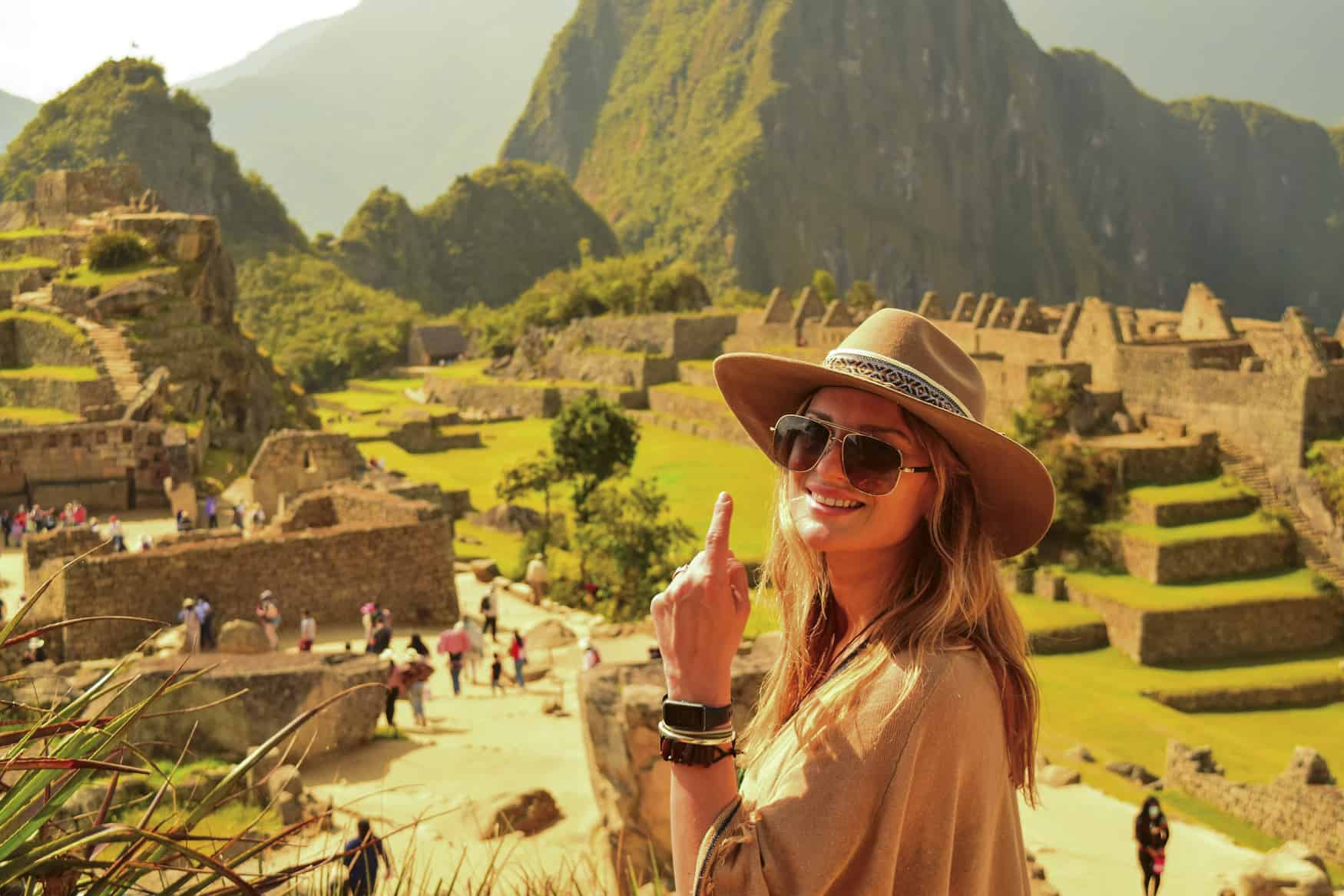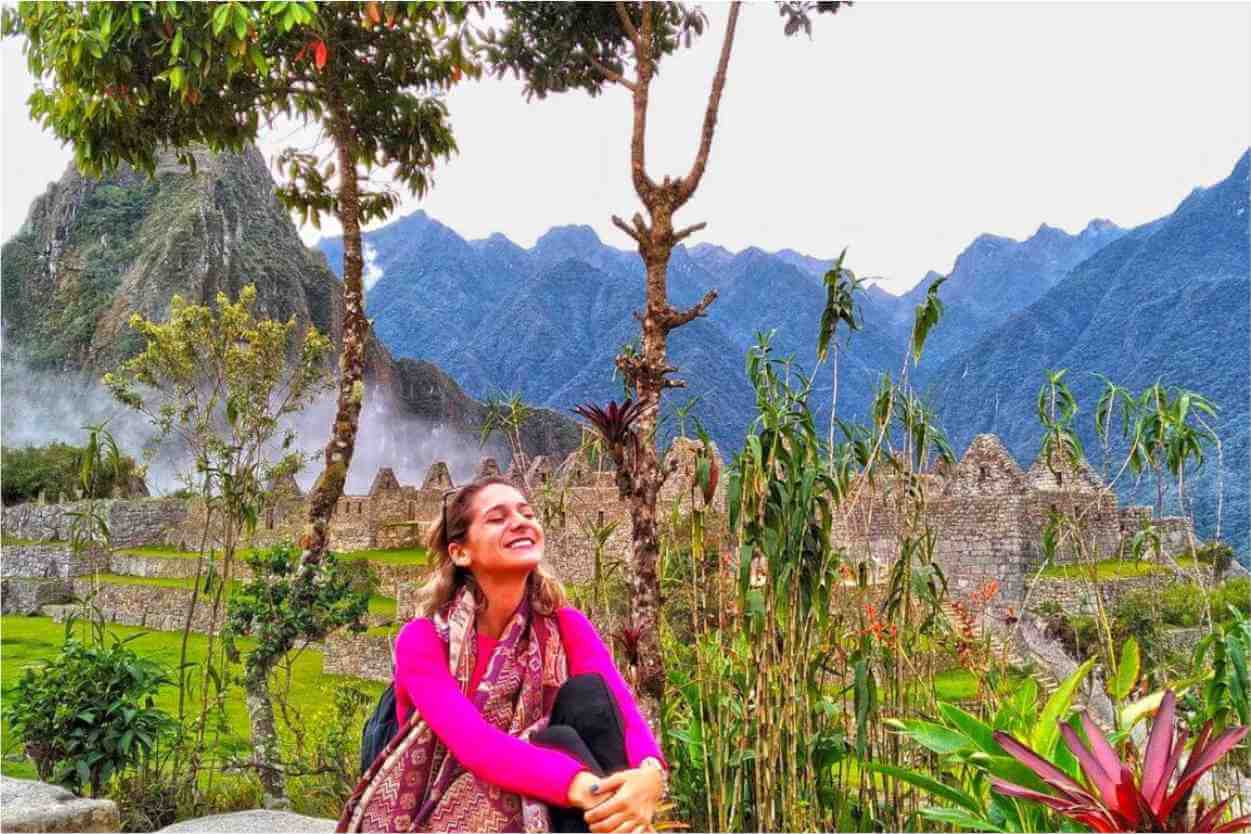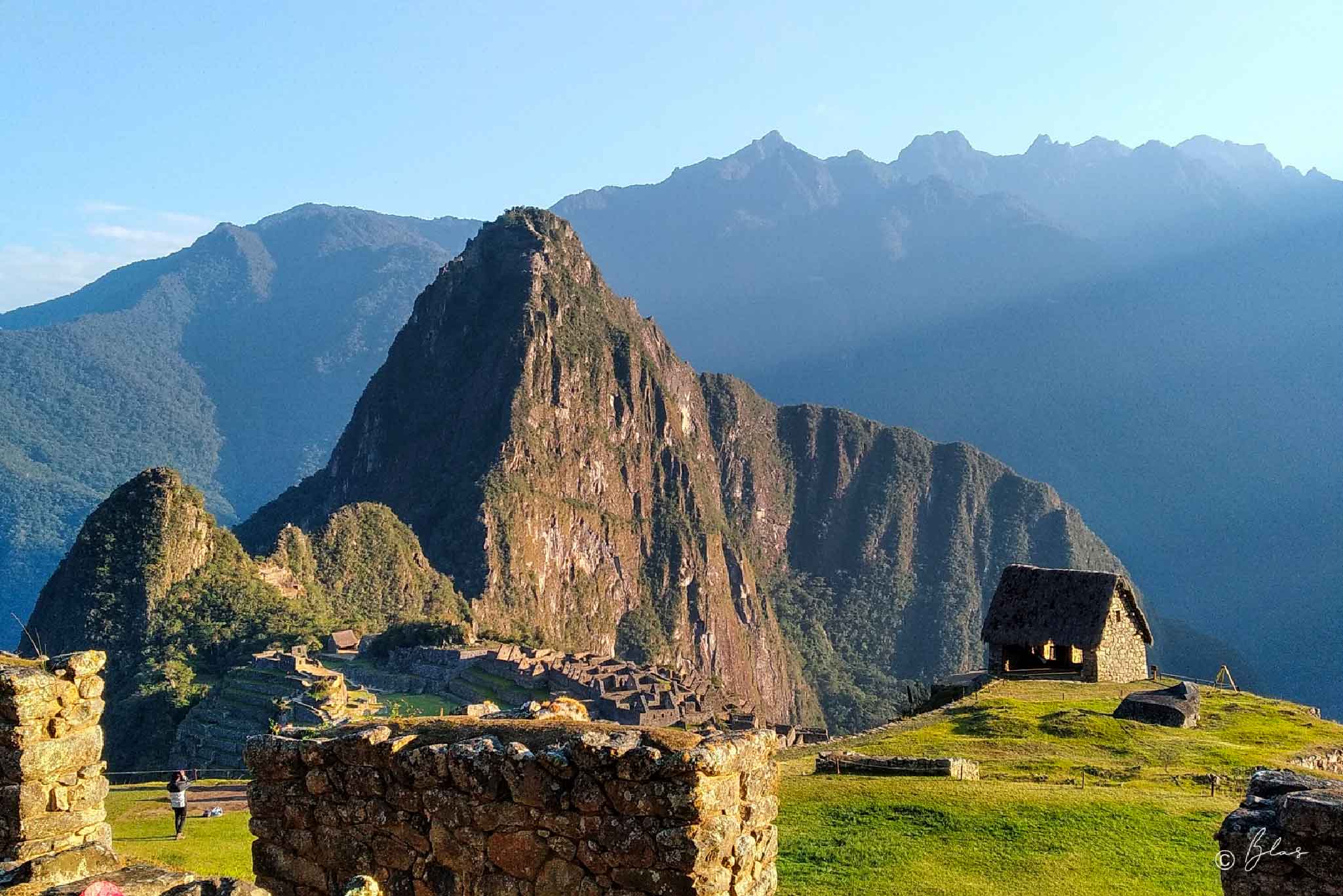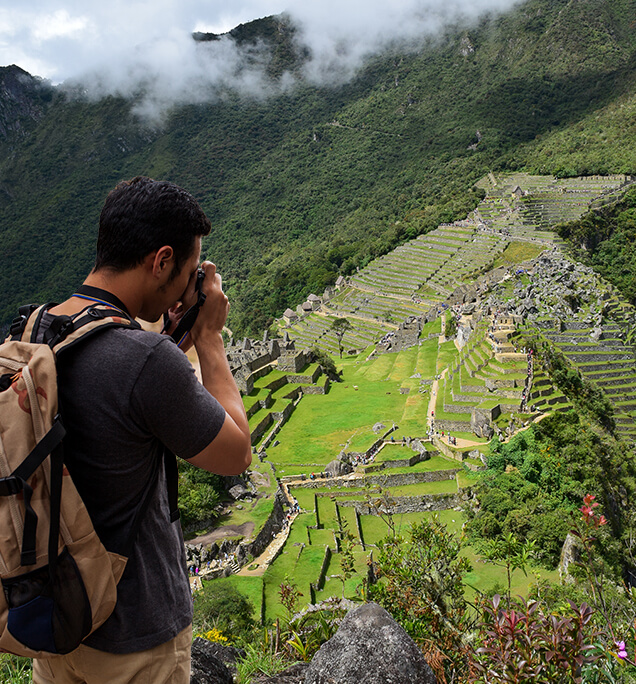Are you ready for the adventure of a lifetime? Machu Picchu, the ancient Incan citadel, is waiting for you! But before you embark on your journey, you likely have some questions. That’s why we’ve compiled the top 10 questions related to Machu Picchu and answered them all in one place.
Learn everything you need to know about how to get there, when to visit, what to see, and more. Our expert advice will make your trip planning a breeze. And once you arrive, you’ll be fully ready to explore the breathtaking ruins, take in the stunning views, and soak up the history and culture of this incredible destination.
Don’t miss out on this once-in-a-lifetime experience. Start planning your adventure today and make memories that will last a lifetime!
- 1. What are the best times of the year to visit Machu Picchu?
- 2. How do I get to Machu Picchu from Cusco?
- 3. What are the must-see sights in Machu Picchu?
- 4. Are there any guided tours of Machu Picchu available, and if so, how do I book them?
- 5. What is the history behind Machu Picchu, and why is it significant?
- 6. What is the altitude of the site, and how can I prepare for the effects of high altitude?
- 7. What are some recommended hikes or treks around Machu Picchu?
- 8. How long does it take to explore the site thoroughly?
- 9. Are there any nearby accommodations, restaurants, or shops that you would recommend for visitors to MachuPicchu?
- 10. How can I ensure that I am respecting the cultural and environmental significance of the site while I am visiting?
1. What are the best times of the year to visit Machu Picchu?
The best times of the year to visit Machu Picchu are generally during the dry season, which lasts from May to September. During this period, the weather is typically sunny and clear, with little rainfall. This makes for better visibility and more comfortable hiking conditions. However, keep in mind that this is also the peak tourist season, so the site can be quite crowded. The shoulder seasons of April and October can also be good times to visit, with fewer crowds and still relatively good weather. The rainy season, which lasts from November to March, can make hiking and visiting the site more challenging, but the vegetation is lush and green, and there are generally fewer visitors. check more info here

2. How do I get to Machu Picchu from Cusco?
The most common way to get to the site from Cusco is by train. There are several train options, including the PeruRail and IncaRail, which run daily services to the town of Aguas Calientes, the gateway to Machu Picchu. From there, visitors can take a bus or hike up to the site. Another option is to hike the Inca Trail, which typically takes four days and requires a permit. It’s important to book train tickets and permits well in advance, especially during peak season. Alternatively, some visitors choose to take a taxi or private car to Ollantaytambo and then take the train from there. See also how to get tickets to Machu Picchu
3. What are the must-see sights in Machu Picchu?
The site is full of amazing sights, but some of the must-see sights include:
- The Intihuatana stone: This is a carved stone structure that was used by the Incas as astronomical observatory.
- The Temple of the Sun: This is a large, circular structure that is thought to have been used for astronomical purposes as well.
- The Temple of the Three Windows: This temple is located in the Sacred Plaza and has three large windows that offer stunning views of the surrounding landscape.
- The Main Plaza: This is the central plaza of Machu Picchu and is surrounded by several important structures, including the Temple of the Sun and the Royal Tomb.
- The Inca Bridge: This is a narrow, stone bridge that was used by the Incas as a defensive structure.
- The Sun Gate: This is a hiking trail that leads to a viewpoint overlooking Machu Picchu and the surrounding mountains.
- The Agricultural Terraces: These terraces are located on the steep slopes of the mountain and were used by the Incas for farming.
- The Temple of the Condor: This temple is located in the shape of a condor, with wings spread wide.
- The Huayna Picchu Mountain: This is a steep mountain located next to Machu Picchu, and a hike to the summit offers breathtaking views of the site and the surrounding landscape.
- The Inca Trail: This is a four-day hiking trail that starts at Cusco and ends at Machu Picchu, passing through a variety of stunning landscapes and ancient Inca sites.
4. Are there any guided tours of Machu Picchu available, and if so, how do I book them?
Yes, there are many guided tours of Machu Picchu available, and they can be booked through a variety of tour companies or travel agencies. Many tours start in Cusco and include transportation to Machu Picchu, as well as a guided tour of the site. Some tours may also include other activities, such as a hike to Huayna Picchu or a visit to nearby hot springs. It’s also possible to book tours through the official Machu Picchu website, Neotropic Peru Travel offers a variety of tour options and packages. Contact us to know all the details

5. What is the history behind Machu Picchu, and why is it significant?
Machu Picchu is an ancient Inca site located in the Andes Mountains of Peru. It was built in the 15th century by the Inca emperor Pachacuteq, and is thought to have served as a royal estate or religious site. The site was abandoned during the Spanish conquest of Peru in the 16th century and remained largely unknown to the outside world until it was rediscovered by Hiram Bingham in 1911.

Machu Picchu is significant for several reasons. First, it is one of the most well-preserved examples of Inca architecture and engineering, and offers valuable insights into the culture and history of the Inca Empire. Second, it is a stunning example of the beauty and grandeur of Andean architecture, with its precise stonework and stunning mountain backdrop. Third, it is a symbol of indigenous resistance and perseverance in the face of colonization and exploitation. Today, Machu Picchu is one of the most popular tourist destinations in South America and is recognized as a UNESCO World Heritage site.
6. What is the altitude of the site, and how can I prepare for the effects of high altitude?
The altitude of Machu Picchu is approximately 2,430 meters (8,000 feet) above sea level. This high altitude can cause a number of uncomfortable and potentially dangerous symptoms, including headaches, nausea, shortness of breath, and dizziness. However, with proper preparation, these symptoms can be minimized and visitors can enjoy the full experience of Machu Picchu.
To prepare for the effects of high altitude, it is important to acclimate properly. This means spending at least two or three days in Cusco or another nearby city before visiting Machu Picchu. During this time, it is important to avoid strenuous exercise and to drink plenty of water to stay hydrated.

Visitors can also take medication such as acetazolamide or dexamethasone to help prevent altitude sickness. It is important to consult with a doctor or travel health clinic before taking any medication.
In addition, visitors should dress appropriately for the climate and bring plenty of sunscreen, sunglasses, and a hat to protect against the strong sun at high altitude. It is also recommended to bring snacks or light food, as high altitude can affect appetite and digestion.
By taking these steps, visitors can enjoy the beauty and wonder of Machu Picchu without being hindered by the effects of high altitude. So come prepared, stay hydrated, and enjoy the incredible experience of one of the world’s most amazing archaeological wonders.
7. What are some recommended hikes or treks around Machu Picchu?
Machu Picchu and the surrounding Andean mountains offer some of the most breathtaking and rewarding hiking experiences in the world. Here are some of the most recommended hikes and treks around Machu Picchu:
- The Inca Trail – This is the classic trek to Machu Picchu, and it takes you on a four-day journey through ancient Inca ruins, stunning mountain scenery, and breathtaking high-altitude passes. This trek requires permits and should be booked well in advance.
- Salkantay Trek – This trek takes you through the stunning Salkantay mountain range, passing through high-altitude passes, lush valleys, and remote Andean communities. It is a more challenging trek than the Inca Trail, but the rewards are well worth the effort.
- Lares Trek – This trek takes you through the Lares Valley, passing through traditional Andean communities, hot springs, and stunning mountain scenery. It is a great alternative to the Inca Trail and offers a more immersive cultural experience.
- Huayna Picchu – This is a challenging hike up the steep peak that overlooks Machu Picchu. The views from the top are breathtaking, and it is a great way to get a different perspective on this incredible site.
No matter which trek you choose, be sure to pack appropriately and prepare for the high altitude. And remember, these hikes are not just physical challenges, but opportunities to immerse yourself in the natural beauty and cultural heritage of the Andean region.

8. How long does it take to explore the site thoroughly?
Exploring Machu Picchu thoroughly can take anywhere from a few hours to a full day, depending on your interests and energy level. The site covers a large area and offers a wealth of fascinating historical and architectural details to explore.
To fully appreciate Machu Picchu, it is recommended to hire a guide who can provide you with in-depth information about the site and its history. A guided tour typically takes around two to three hours, but can be tailored to your interests and pace.
If you prefer to explore on your own, plan to spend at least two to three hours at the site. This will give you enough time to visit the major structures, climb to the top of Huayna Picchu or Machu Picchu Mountain, and take in the stunning views of the surrounding mountains and valleys.
For those who want to take their time and explore the site in-depth, a full day is recommended. This will allow you to explore the lesser-known areas of the site, soak in the atmosphere, and appreciate the incredible history and beauty of this iconic Andean wonder. Download maps of the 5 circuits of Machu Picchu
In short, the amount of time you need to explore Machu Picchu thoroughly depends on your interests, energy level, and travel schedule. But whether you have a few hours or a full day, Machu Picchu is sure to leave a lasting impression on you, and is a must-visit destination for anyone interested in history, culture, and natural beauty.
9. Are there any nearby accommodations, restaurants, or shops that you would recommend for visitors to MachuPicchu?
Absolutely! There are plenty of accommodations, restaurants, and shops located in the nearby town of Aguas Calientes that are perfect for visitors to Machu Picchu.
For accommodations, there are plenty of options available to suit all budgets and preferences. From cozy hostels to luxurious hotels, you can find something that fits your needs. Some recommended options include the Inkaterra Pueblo Hotel, Sumaq Machu Picchu Hotel and Belmond Sanctuary Lodge.
When it comes to dining options, there are plenty of restaurants in Aguas Calientes that serve delicious traditional Peruvian cuisine, as well as international fare. See the 9 Top Rated Restaurants in Machu Picchu
And of course, there are plenty of shops in the town where you can find souvenirs and mementos of your visit to the site. From artisanal crafts to handmade textiles, there is something for everyone.
Overall, Aguas Calientes is the perfect base for your visit to Machu Picchu, offering a range of accommodations, dining options, and shopping opportunities. So be sure to plan ahead and make the most of your visit to this incredible Andean wonder!
10. How can I ensure that I am respecting the cultural and environmental significance of the site while I am visiting?
When visiting Machu Picchu, it is important to remember that you are visiting a site of significant cultural and environmental importance. To ensure that you are respecting this significance during your visit, there are a few things you can do:
- Follow the rules and regulations: There are rules and regulations in place to protect the site and preserve its cultural and environmental significance. Make sure to follow these rules, including not littering, not smoking, and staying on designated paths and trails.
- Hire a local guide: Hiring a local guide is not only a great way to learn more about the site, but it also supports the local community. Local guides are knowledgeable about the history and cultural significance of Machu Picchu, and can help you navigate the site while respecting its cultural and environmental importance.
- Be mindful of your impact: Machu Picchu is a fragile site, and even small actions can have a big impact. Be mindful of your impact by staying on designated paths and trails, not touching or climbing on the structures, and not littering.
- Respect the local culture: Peru is home to a rich and diverse culture, and it is important to respect the local customs and traditions when visiting the site. This includes dressing appropriately, asking for permission before taking photos of people, and being respectful of local customs and traditions.
By following these tips, you can help to ensure that you are respecting the cultural and environmental significance of Machu Picchu during your visit. Remember, it is our responsibility to protect and preserve these important sites for future generations to enjoy.













